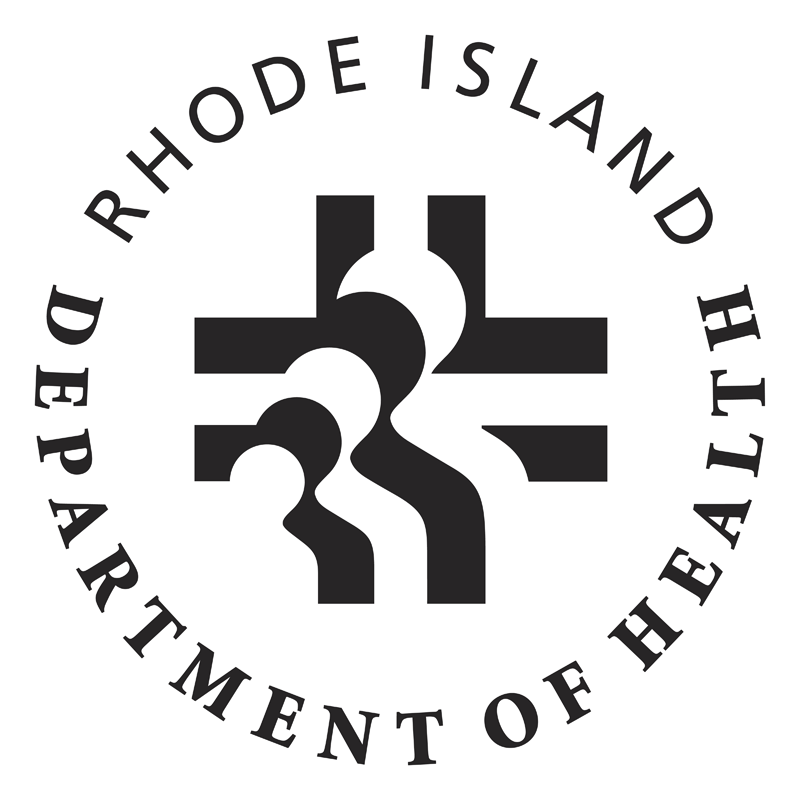- Phone: 401-222-2577
After hours: 401-272-5952
Fax: (401) 222-2488
 Rhode Island Department of Health
Rhode Island Department of HealthState of Rhode Island
Department of Health
 Rhode Island Department of Health
Rhode Island Department of HealthState of Rhode Island
Department of Health
Rabies is a preventable viral disease most often transmitted through the bite of a rabid animal that infects the central nervous system, ultimately causing disease in the brain and death.
There has not been a human case of rabies in Rhode Island since 1940. However, the raccoon adapted strain of the rabies virus is widely found in the wild animal population throughout Rhode Island. Animals with the greatest susceptibility to this strain are raccoons, with spill over into the skunk, fox and woodchuck populations (high risk animals). Unimmunized pets and stray cats, dogs and ferrets (low risk animals) can acquire rabies through exposure to high risk animals. Animals such as rodents, rabbits, squirrels and opossums rarely acquire rabies and are considered low-risk animals. Cattle, sheep, pigs, horses and other mammals can also develop rabies.
Bats in Rhode Island are also known to be infected with the bat strain of rabies virus. Bat rabies strains are highly transmissible to humans, and preventive vaccination is often recommended for exposure by proximity even without a visible wound, if the bat is not available for testing. (Learn more about bats, rabies, and what to do if you find a bat in your home. )
Humans may be exposed to the rabies virus through a bite, scratch or direct contact, where there is contamination of a scratch, abrasion, mucous membrane, or fresh open wound with potentially infectious material such as saliva or central nervous system tissue from an animal. The majority of such exposures are from dog bites or cat bites/scratches. A less common way to be exposed to the rabies virus is for pet owner to touch saliva from a high risk animal which has been deposited in a wound or the muzzle of the pet, resulting from a back yard encounter between the pet and a wild animal.
Rabies is a serious disease. It is very important to call your doctor right away if you have been bitten by an animal.
For Public Health Professionals